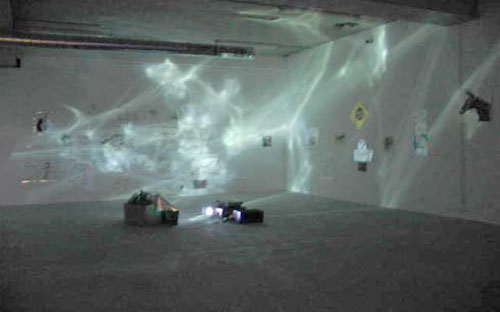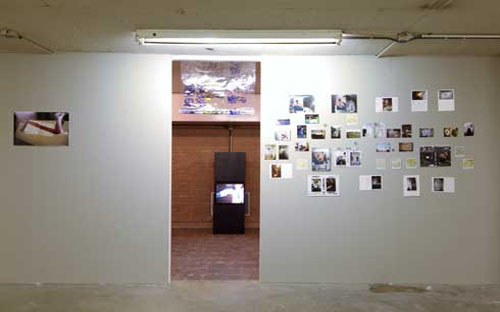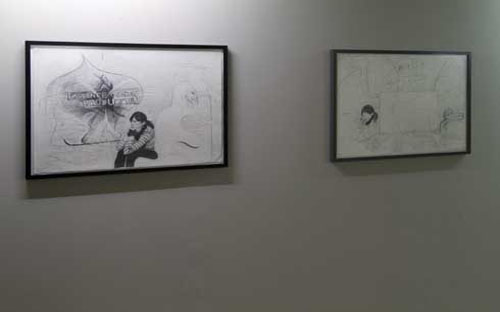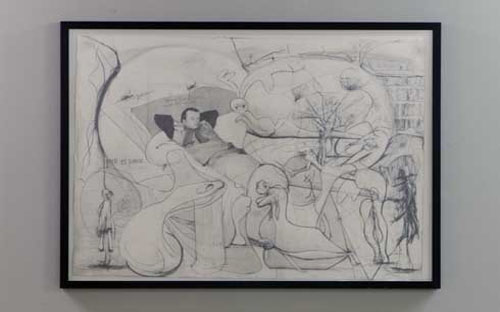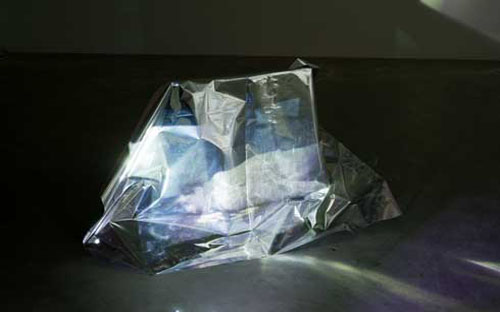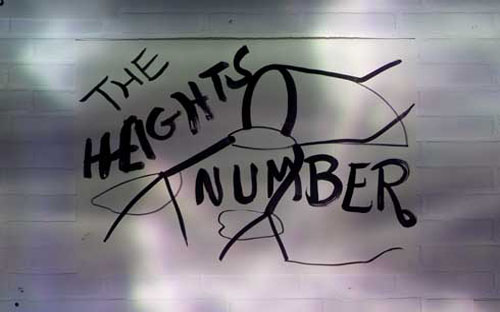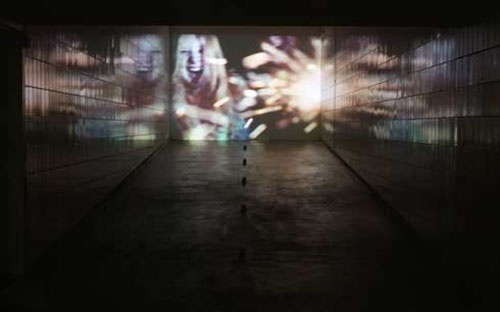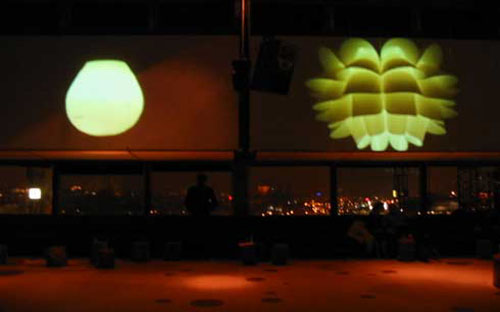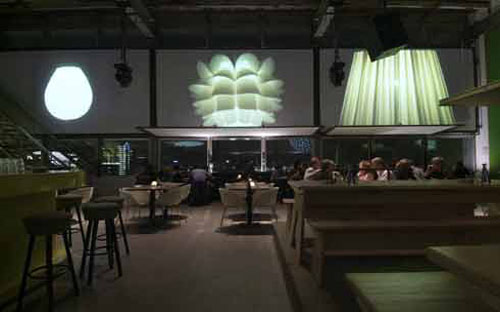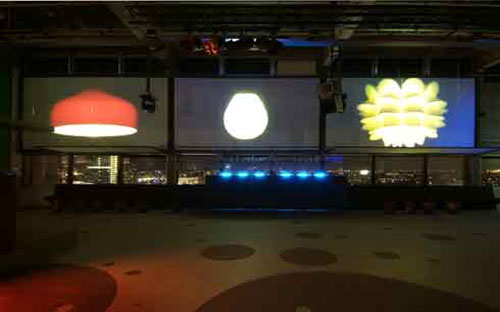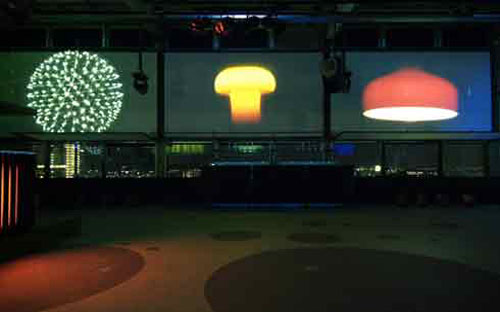The Fountains Of New York
Daragh Reeves‘The way something looks is more truthful than what it means’ The gravitational force in the work of Daragh Reeves (Leeds, 1974) seems to be his preoccupation with the ‘ambivalent/uncertain status of the image’.
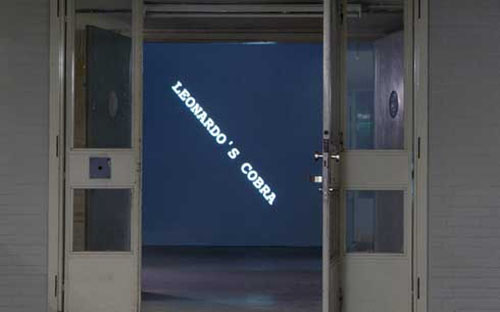
The images Reeves composes or creates – whether they are drawings, sketches, slides, films or video’s – reveal neither their ‘source’ nor their ‘destination’, but remain unresolved. They seem to deliberately hesitate between being visual renderings of ideas, semi-functional entities, film quotations or representations of idiosyncratic thoughts. Reeves moreover has a predilection for neologisms and uses language as a flexible tool to conjure up a cast of fictional figures and fragmented stories, partly based on the existence and achievements of film directors, movie stars and friends.
In the spaces of W139 Reeves has created a sequence of rooms that confront the viewer with the different aspects of his multifarious practice. Reeves assembled a motley collection of drawings, posters, appropriated imagery and films, which support the presumption that he has a particular interest in cinematic procedures of storytelling. Notions such as duration, lightness disguise and seemingly banal elements such as hats, lamps and clocks play a primordial role in his work. In one of the ‘cabinets’, Reeves reduces a feature film to its physical ‘essence’ – a myriad of light particles that illuminate a set of his own drawings. The film in that sense dissolves and disappears in a similar way as the ‘paper sculptures’ in the video Falling drawings. This registration shows a wall piece slowly tumbling down and literally disintegrating over a period of time.
The absence of real action is counterpoised in the nocturnal movie Night Club. In Night Club, which is based on a compilation of collected film excerpts, the viewer is confronted with frenetic movement and motion, a pervasive feeling of persecution. The threat of violence is everywhere but never materializes; the actual ‘plot’ seems to be continuously suspended; the story never reaches a climax or conclusion.
The title piece, The Fountains of New York, is presented as an afterthought to the show and can be read as a ‘time-based sketchbook’: an audio-visual collage which consists both of filmed still lifes, quasi-absurd performances, impressionistic shots and ‘staged’ confessions. As a whole the film seems to function as a kind of ‘portrait of the artist as a young man’. It switches to and fro between different time periods in Reeves’ life as a nomadic art student and resembles a fragmented film version of a Bildungsroman. In addition to the show in the basement of Post CS Reeves presents Disguise for a light bulb, produced for Restaurant/Club Elf. It is an atmospheric video installation in which the filmed representation of a series of lamps becomes the actual light source for the top floor of the former post office.



